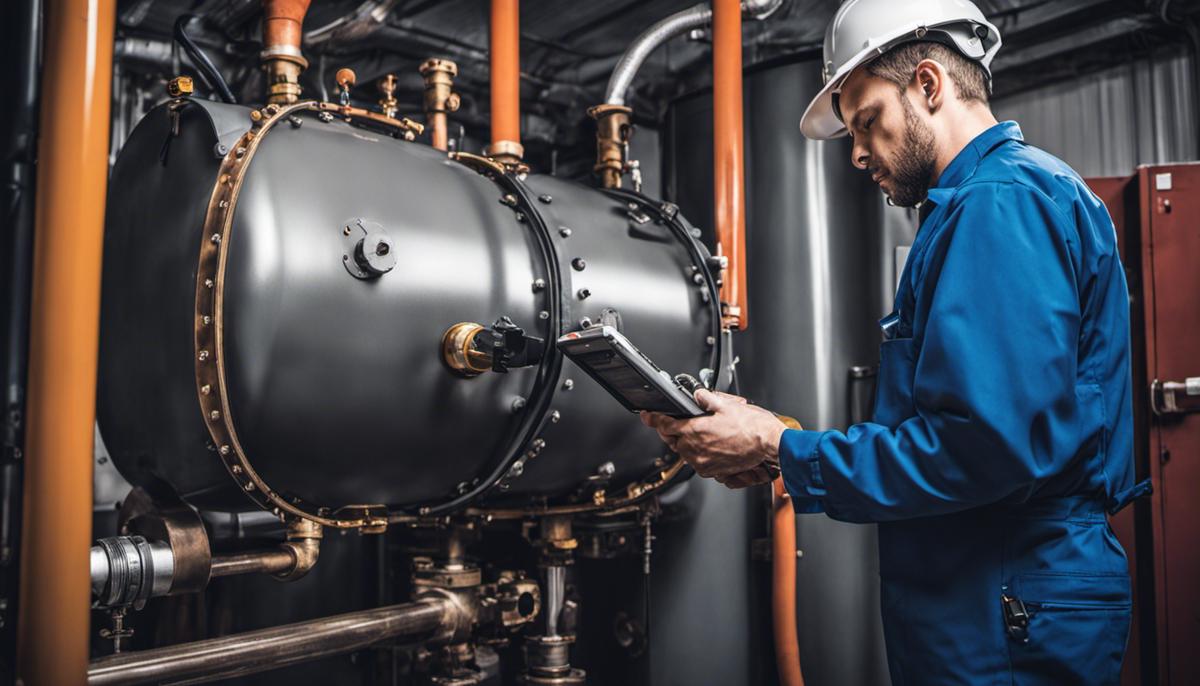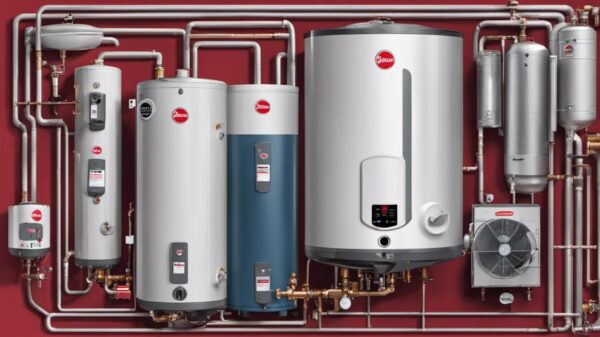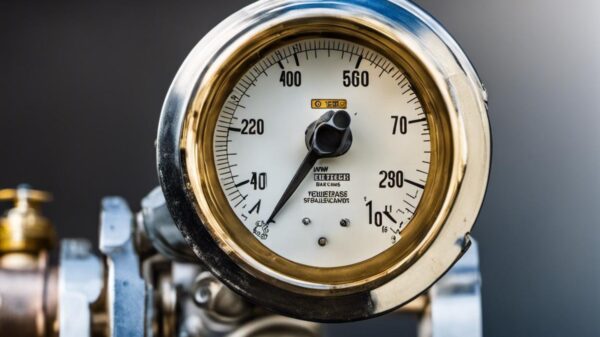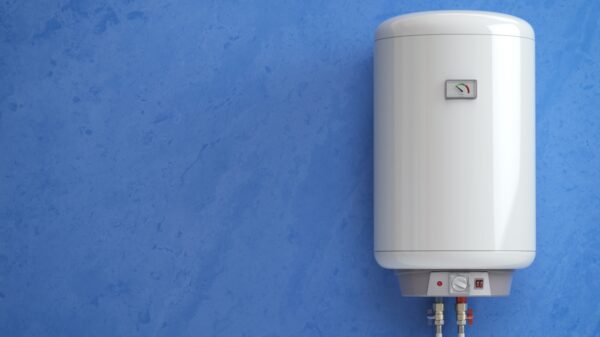Boiler systems play a pivotal role in maintaining a comfortable environment in our homes and businesses. Yet, the uttermost safety and efficiency of these heat-providing machines depends largely on regular and meticulous maintenance. This comprehensive guide will walk you through crucial aspects of boiler maintenance. You will discover how to conduct thorough safety checks such as looking for leakages, monitoring boiler pressure, and assessing signs of corrosion or damage. Equally, you will gain insight on the proper functioning of safety devices and why they are indispensable in boiler operations. Furthermore, you’ll delve into the art of boiler cleaning, learning how to cleanse the heart of the boiler–the heat exchanger and burner–and why clearing off accumulated dirt and soot is instrumental in enhancing its performance. Lastly, you’ll appreciate the essence of preventative maintenance, such as keeping the right water level, flushing the boiler regularly to eliminate sediments, and ensuring the boiler room stays clean and well-ventilated.
Boiler Inspection
A Comprehensive Guide: Step-by-Step Boiler Inspection
Boiler inspection is essential to ascertain its condition, extend life span, and most importantly, guarantee safety. If a tech-savvy individual is gearing up for a hands-on heating system inspection, here are the crucial steps of this procedure. Remember, always prioritize safety; if one isn’t familiar or comfortable with boilers, it’s best to call a professional.
-
- Visual Inspection
Start with a thorough exterior visual inspection. Check for leaks, any signs of wear, corrosion or damage around the boiler and its connected systems. Look for any apparent mechanical, insulation or structure issue. A pair of keen eyes may catch early hints of potential problems, averting a crisis before it happens.
-
- Functionality Check
Next, inspect the boiler functioning. Is it starting, running, and shutting off correctly? Listen for any abnormal noises and look out for erratic behaviors. This could indicate internal issues and require professional attention.
-
- Inspecting Burner Flames
The state of the burner flames can give plenty of insight on the health of the boiler. Flames should be clear, blue and strong, whereas lazy, yellow flames could indicate incomplete combustion—a potential safety issue.
-
- Check Pressure Readings
Boilers function optimally at their designated pressure levels. Too low or too high, both cases can mean there is a fault somewhere. Keep an eye out for unusual pressure readings since they may indicate a problem with the boiler equipment itself or its associated systems.
-
- Inspect Boiler Components
Check the boiler’s internal components. Pay attention to the safety relief valve, water level gauge, pressure gauge, blowdown valves, and the pressure controls. Any faulty components should be replaced to ensure smooth operation.
-
- Examine Boiler Piping
A thorough boiler inspection doesn’t exclude its connected piping. Ensure there are no leaks, corrosion, or blockages in components such as the feedwater, fuel, steam, and blowdown piping systems. Their condition directly affects the boiler’s efficiency.
-
- Evaluate Combustion Air Openings
Inspecting combustion air openings and chimney flue for blockages is key for the accident-free operation. If these are blocked, it could result in poor combustion, increasing the risk of explosive ignitions.
-
- Comprehensive Safety Devices Check
Check all safety devices: including the low-water cutoff devices, water feed systems, and pressure relief valves. The smallest malfunction in these areas could entail a life-threatening hazard.
-
- Inspect Boiler Controls
Controls ensure the boiler operates safely and efficiently. Verifying proper operation of controls, like the thermostat and aquastat, is essential in maintaining comfort and minimizing energy costs.
-
- Record Findings
Lastly, don’t forget to record all findings. Detailed documentation of boiler performance over time can help anticipate and prevent future issues, making routine monitoring and maintenance more effective.
So, there you go, ten crucial steps for inspecting a boiler. Remember, meticulousness is your friend in this undertaking. If you want to be future-focused and prolong the lifespan of your boiler, regular inspections are non-negotiable. Happy inspecting, tech enthusiasts!

Boiler Cleaning
Continuing from the stages of visual inspection and functionality check, boiler cleaning is the next crucial step in maintaining the boiler’s top efficiency.
Diving into the process, it’s imperative to prepare for the cleaning beforehand. Ensure that the boiler has been powered down and properly cooled before the cleaning starts to prevent any physical harm. Once the boiler has cooled, all heating pipes should be disengaged to avoid damage to the whole system during cleansing.
Now, looking beyond preliminary safety checks, let’s get to business. Cleaning a boiler generally involves two parts- the heat-exchanger surfaces and the system interior.
For the heat-exchanger surfaces, it is recommended to use a wire brush to clean these surfaces methodically. The heat exchangers often suffer from particulate matter and soot, which reduces the boiler’s efficiency. Post brushing, one needs a high-powered vacuum cleaner, preferably one designed for soot, to clear away the residues.
For the system’s interior, use a boiler treatment product, either in powder or liquid form. This works magically to breakdown solid deposits including limescale, which is often the enemy number one for boilers!
However, a word of caution – every boiler system is different. Thus, relying primarily on the manufacturer’s instructions when applying the treatment product is of utmost importance.
But, let’s not stop at cleaning just the boiler. The whole system will benefit from a thorough cleanse, and for that, power flushing is the key. Power flushing involves forcing water and cleaning agents at high pressure through the whole heating system to remove debris, rust, and sludge. It is a comprehensive method to ensure top efficiency.
That is not all; a boiler is more than just about heating. The water quality directly affects the boiler’s efficiency. Hence, using a demineralised or soft water supply for your boiler can significantly enhance its life and performance.
Always remember, boiler cleaning isn’t just about immediate efficiency. By cleaning your boiler correctly and giving it the care it needs, you are extending its lifespan and making sure it’s a companion to rely on during those chilly winters.
Lastyly, the boiler cleaning might look like a time-consuming task but don’t let this stop you from doing it annually. Saving energy and maintaining a friendly emission environment is of prime importance in today’s age, and a boiler working at its top efficiency is the first step towards it.
The world of boilers offers an epic saga of science and engineering innovation. Taking date-defined, disciplined care of these modern marvels assures you the hero status, with the ability to wield technology’s power for a more efficient and sustainable world. Now go out there, roll up your sleeves and show that boiler who’s boss.
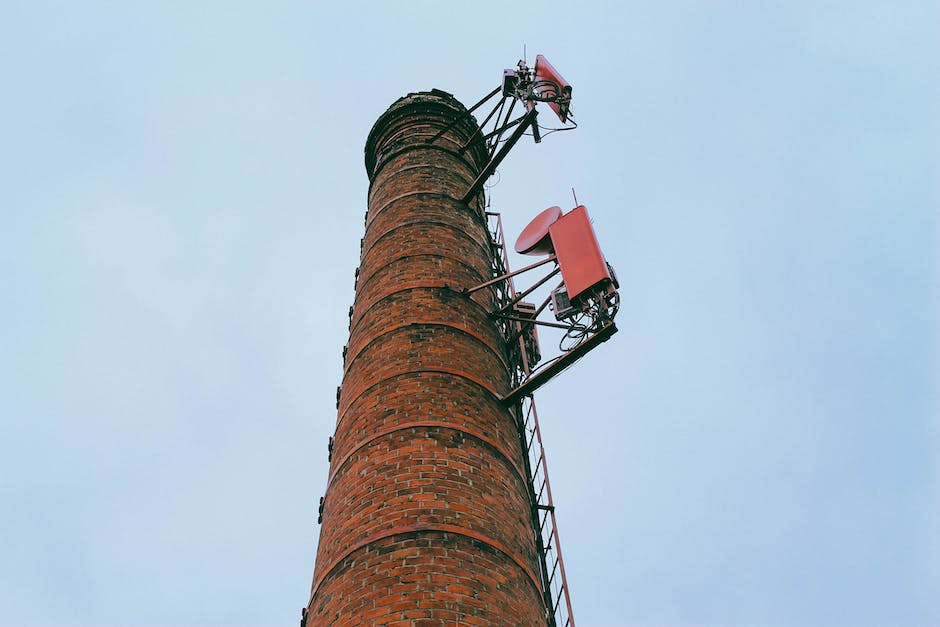
Preventive Maintenance
After covering the foundational inspection and cleaning measures, it’s time to shed light on some additional techniques that can significantly extend the life of a boiler. Armed with these steps, tech-savvy owners can move towards a future with less downtime and reduced costs.
First, consider investing in a boiler water treatment. While we’ve already touched on the usage of a boiler treatment product, the ultimate decision to execute this step deserves its own highlight. This protects not only against scale and corrosion, but also increases efficiency and prolongs the unit’s lifecycle. Employing pre-treatment solutions for softening the water can render notable results.
Let’s talk about blowdown frequency now. Regular boiler blowdown is crucial to remove the sludge accumulation at the bottom. This prevents the hardening of residue on the boiler walls, which can deter heat transfer efficiency and cause trigger premature wear and tear. Automating this process, perhaps via an automatic blowdown system, can save time and ensure optimal performance.
Moving on to deaering – a process that eliminates the dissolved oxygen content in the boiler water. It is essential to reduce the risk of corrosion. A deaerator device works best for this task, so acquiring one should be high on the priority list.
Then, debunk the myth of boilers needing constant operation. The wear and tear from continual running can lead to an earlier expiration date for boilers. A programmable thermostat can prove invaluable here, enabling the automation of start and stop times to limit unnecessary operation and reduce mechanical stress.
It’s also recommended to have a backup plan, and that comes in the form of boiler insurance. While this doesn’t directly impact the boiler’s lifespan, it ensures optimal and cost-effective solutions are easily accessible when unforeseen problems arise.
Lastly, technology enthusiasts would relish the adoption of smart technology. Incorporating smart controls and sensors can not only enhance the boiler’s efficiency but also predict potential problems and alert owners to take preventive maintenance.
Take note that all of these preventive measures combined make a robust boiler health regime, but the best maintenance is consistently scheduling professional services. Remember, enlisted specialists provide unmatched precision in diagnosing problems and offering solutions. Henceforth, always complement DIY endeavors with professional expertise for the best boiler care.
In conclusion, with a little technological help, preventive maintenance doesn’t have to be tedious or time-consuming. It’s about smart practices, smart tools, and an analytics-driven approach – just how tech enthusiasts like it. Utilizing these extra steps can create a profound difference in the lifespan of your boiler, ultimately leading to a better return on investment and a more sustainable environment. After all, our love for technology isn’t just about enjoying its wonders, but also about pushing for a better, more efficient future.
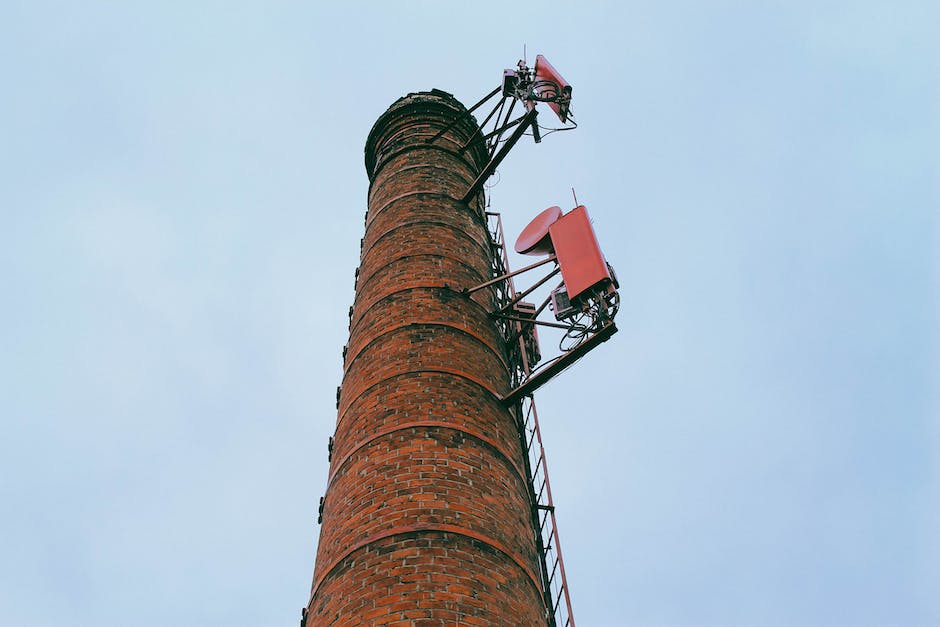
Understanding and implementing effective boiler maintenance is integral for all boiler owners, whether in homes or commercial enterprises. Knowledge acquisition about safety protocols and checks, such as leak detection, pressure monitoring, and damage assessment can significantly minimize safety risks and unscheduled breakdowns. Mastering the art of boiler cleaning and recognizing the importance of removing dirt and soot from the heat exchanger and burner can lead to significant improvements in boiler performance. Finally, the spotlight on preventive maintenance underlines why this can’t be overlooked, with measures including water level maintenance, regular boiler flushing, and maintaining cleanliness in the boiler room. Incorporating these practices into a regular maintenance routine can ensure peak boiler performance, enhancing not only efficiency and longevity but also, importantly, safety for all.


